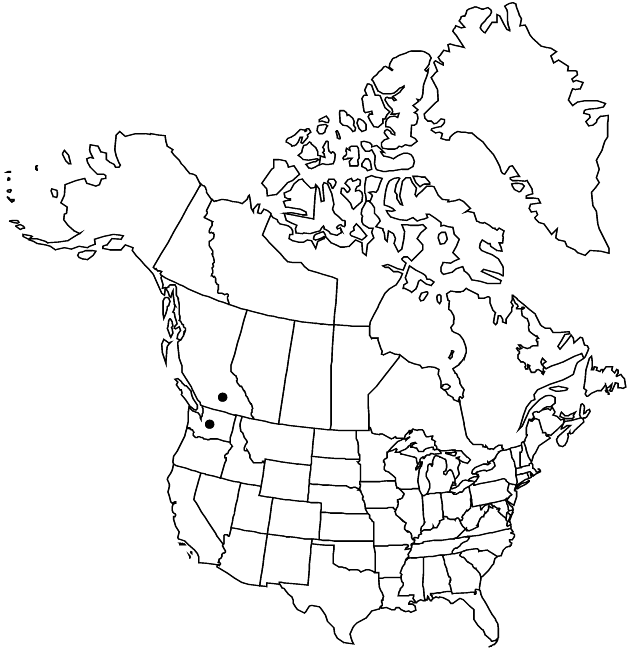Difference between revisions of "Crepis modocensis subsp. rostrata"
Publ. Carnegie Inst. Wash. 504: 152. 1938.
Basionym: Crepis rostrata Coville
FNA>Volume Importer |
FNA>Volume Importer |
||
| Line 50: | Line 50: | ||
|publication year=1938 | |publication year=1938 | ||
|special status= | |special status= | ||
| − | |source xml=https://jpend@bitbucket.org/aafc-mbb/fna-data-curation.git/src/ | + | |source xml=https://jpend@bitbucket.org/aafc-mbb/fna-data-curation.git/src/8f726806613d60c220dc4493de13607dd3150896/coarse_grained_fna_xml/V19-20-21/V19_291.xml |
|tribe=Asteraceae tribe Cichorieae | |tribe=Asteraceae tribe Cichorieae | ||
|genus=Crepis | |genus=Crepis | ||
Revision as of 16:10, 18 September 2019
Plants 15–30 cm; setae whitish, conspicuously curled or crisped (1–2 mm). Stems densely setose or tomentose. Leaves: petioles setose; blades 10–15 × 3–4 cm (tomentulose or glabrate, midribs setose). Involucres 12–17 mm. Phyllaries densely setose or tomentose. Cypselae greenish black, 7–10 mm, beaked (beaks 1–2 mm, ribs alternating strong and weak); pappi 7–10 mm. 2n = 22, 33, 44.
Phenology: Flowering May–Jul.
Habitat: Dry open places, rocky ridges
Elevation: 1000–1100 m
Discussion
Subspecies rostrata is distinguished mainly by the dense curly setae of the involucres and cypselae with relatively short, coarse beaks.
Selected References
None.
Lower Taxa
None.
